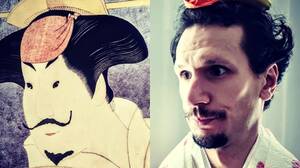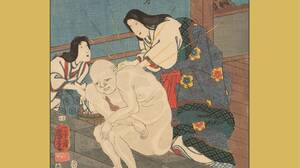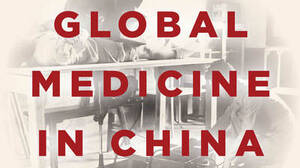Center for Asia Pacific Studies
The Center is San Francisco’s academic gateway to the Asia Pacific, fostering and promoting innovative research, teaching and public programs.
We are pleased to announce the publication of the latest issue of Asia Pacific Perspectives (vol. 17, no. 1). This issue showcases the resilience and creativity of scholars doing research and writing about the Asia Pacific during the COVID-19 pandemic.
These scholars, like others in the humanities and social sciences, have not only found ways to continue their scholarship during these trying times but to even re-image how to go about doing research moving forward.

This think piece suggests possibilities for updating the “where,” the “what,” and the “how” of research on the Asia Pacific region. They are illustrated with the author’s own strategies developed or reinforced during the pandemic, as a historian of the art and culture of early modern Japan. The suggestions are structured by three dimensions of changes in the research environment: the digital, the local and the mundane.

As the possibility to collect ethnographic data in the Pacific has been limited by the travel restrictions implemented to limit the spread of the COVID-19 pandemic, we must re-think ways to advance our research on Sino-Pacific relations at a time when exceptional circumstances in Asia Pacific history demand it. In the past few years, the Chinese presence and influence in Oceania have been drawing the media spotlight as China has become one of the largest donors in the Pacific, and the volume of its trade with Pacific Islands has been steadily growing. In order to keep developing situated understandings, as opposed to journalistic materials, of how China is managing to change the perception of its role in the Pacific, we need to keep thinking about how local values influence the perception of this historical phase.
The obstacles to traditional, in-person research methods created and exacerbated by the global COVID-19 pandemic has prompted scholars from a wide range of disciplines to adopt remote and digital research. And yet, the idea of employing remote research continues to provoke anxieties about the legitimacy and authority of the scholarship it can produce. Where do these anxieties come from and what impact do they have on how remote research is valued? Digital anthropologist of Japanese religion Kaitlyn Ugoretz shares her notes from the field.

In this book review, Kristin Roebuck introduces us to Susan Burns’s monograph, Kingdom of the Sick: A History of Leprosy and Japan (University of Hawai’i Press, 2019). Rich in Japanese historical detail, Burns’s book also situates leprosy in a regional and global frame. Burns argues that lawsuits won in the early 2000s by Korean, Taiwanese, and Japanese patients from Japanese leprosy sanitaria have warped the historical record, privileging “denunciatory” stories of confinement, abuse, and forced sterilization while suppressing other narratives. She sets out to set the record straight in her account of the longue durée of leprosy and attitudes and policies toward it from the 700s CE to the present day.

The global diffusion of medical practices was an important driver of the enormous increase in human’s life expectancy that took place in the 20th century. Therefore, the introduction of these practices in China, the most populated country, is a key historical fact that deserves more academic attention. Global Medicine in China attempts to look at the transnational networks from the Chinese diaspora that helped China to improve its medicine, especially during the long periods of war and turmoil.